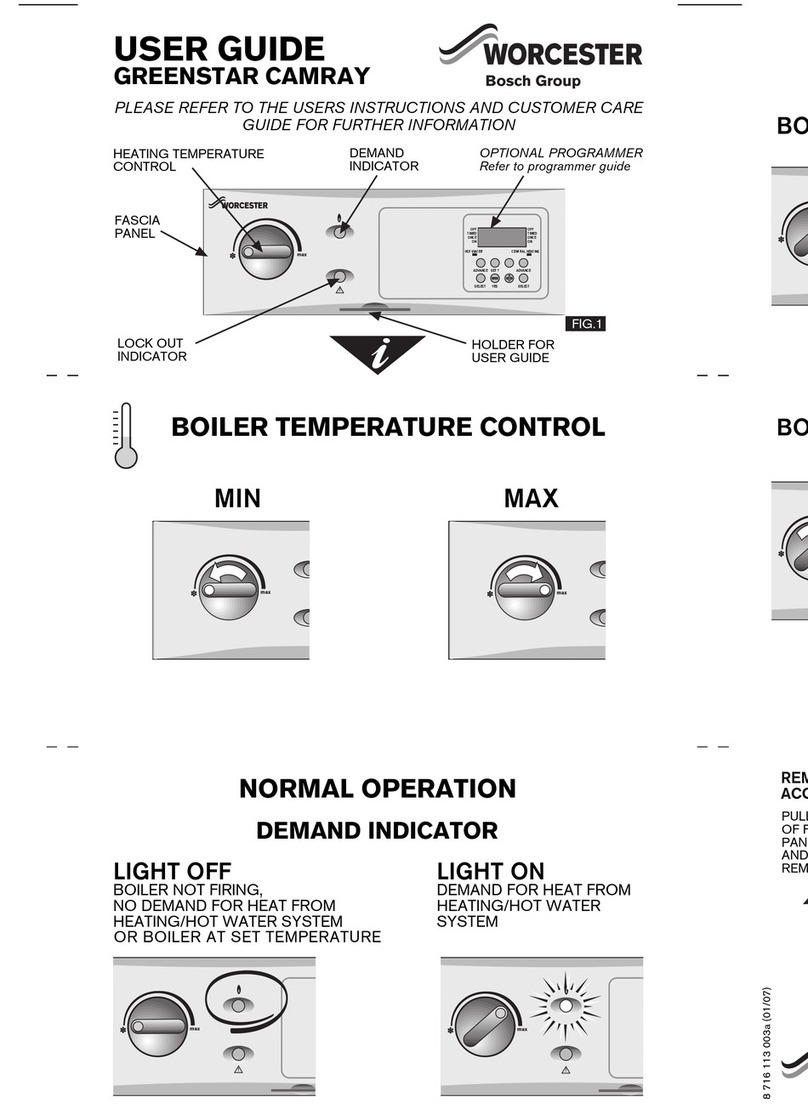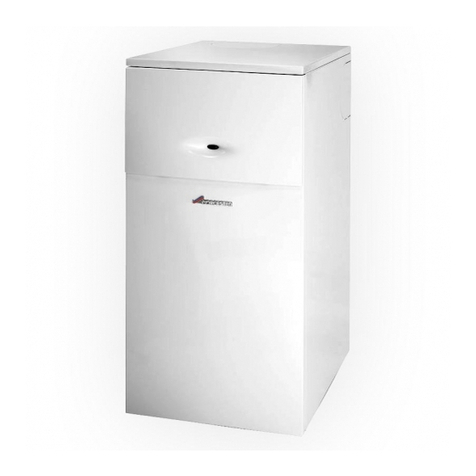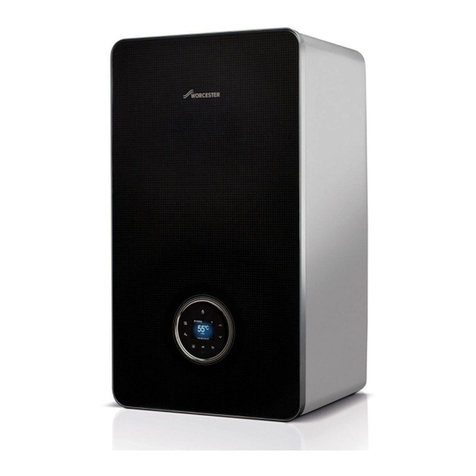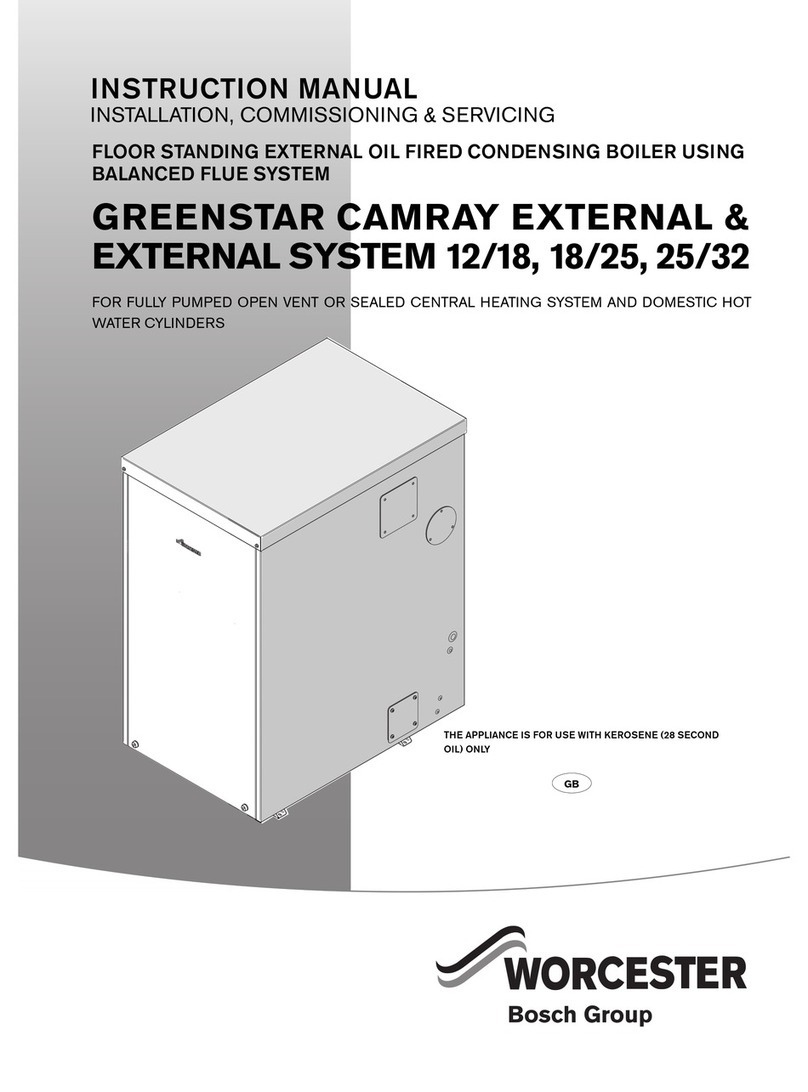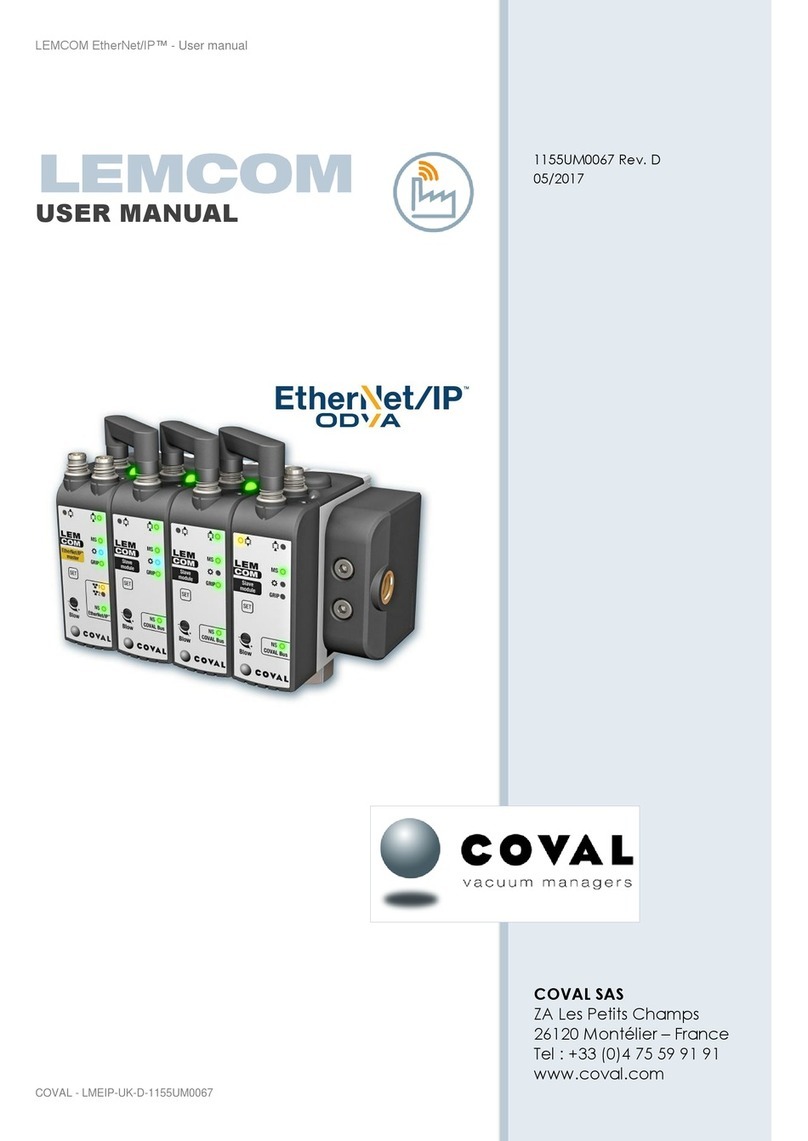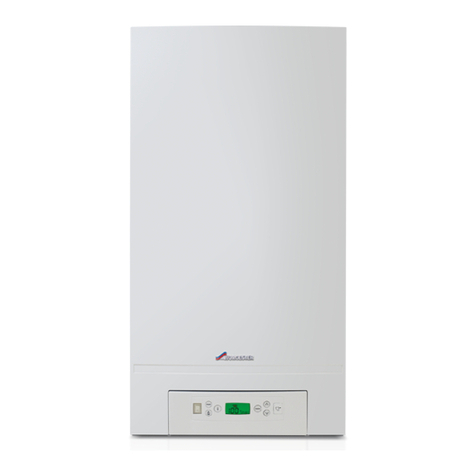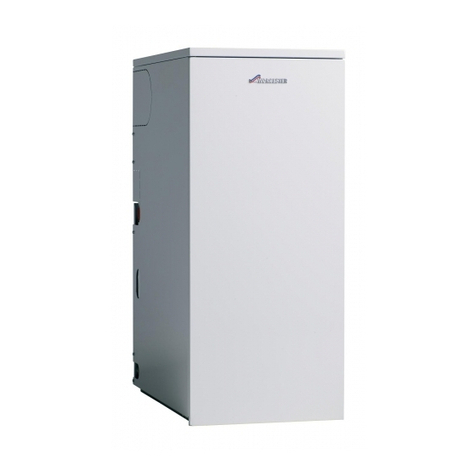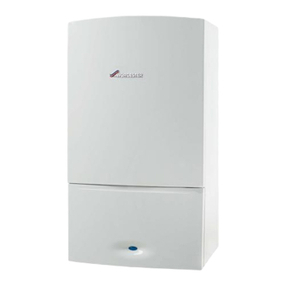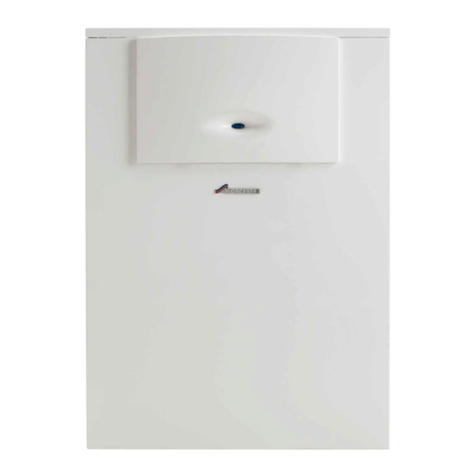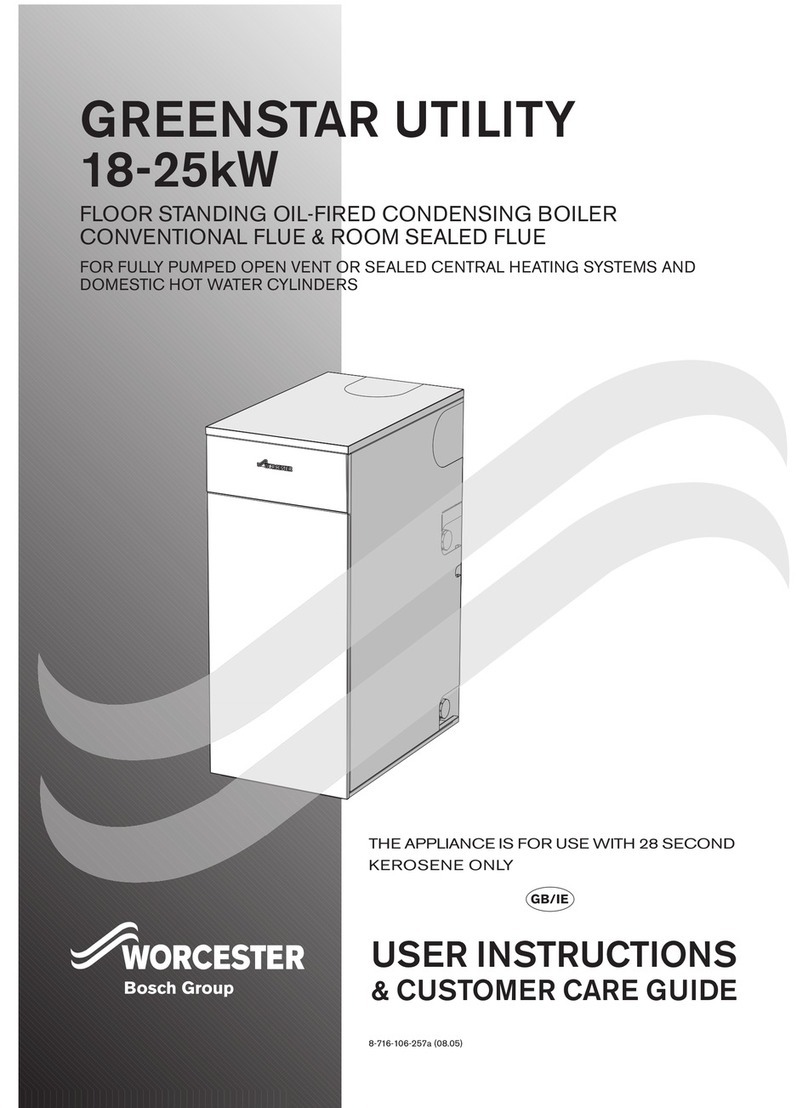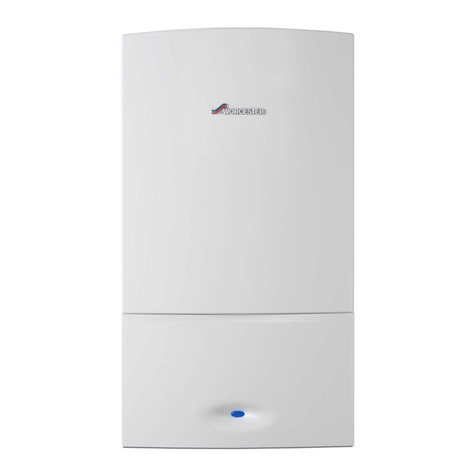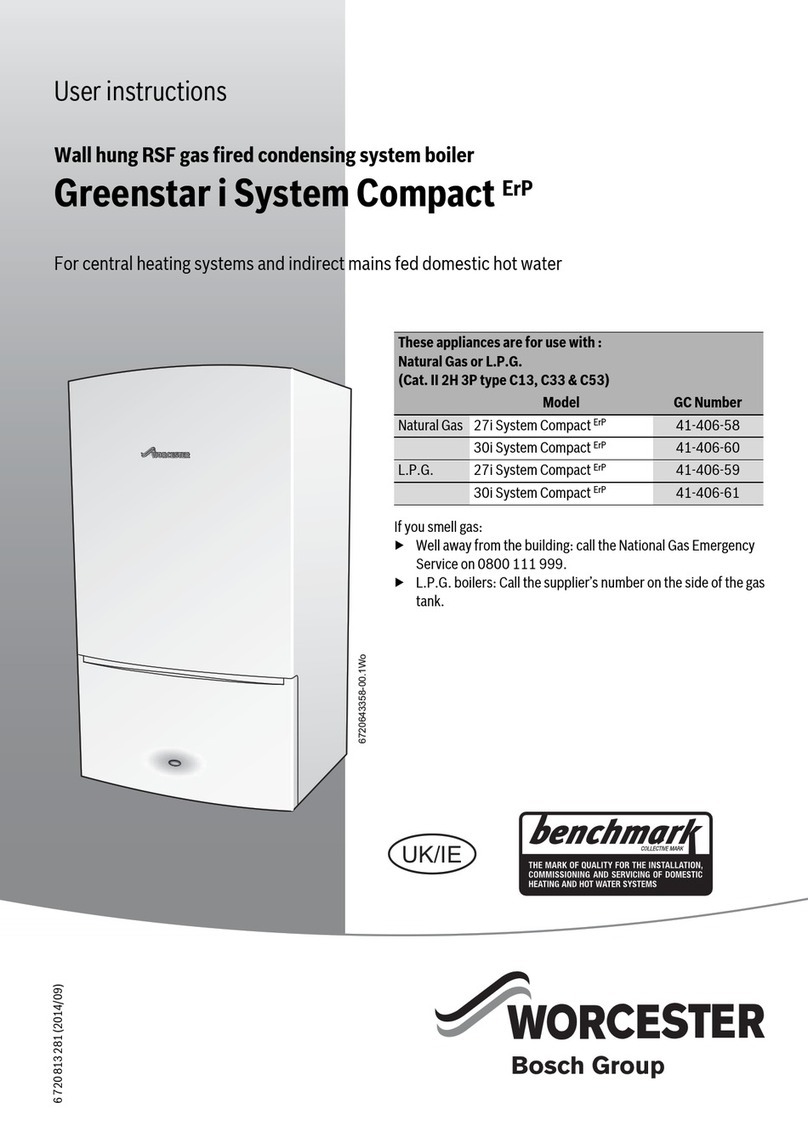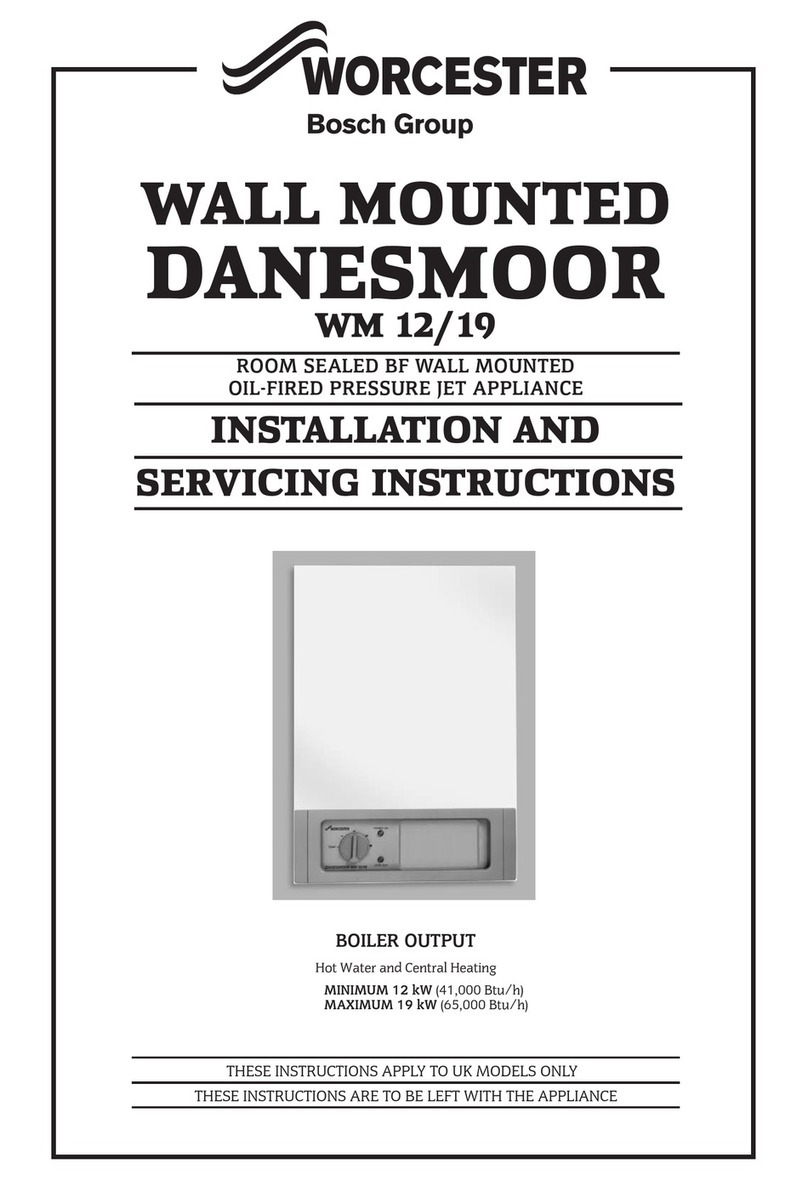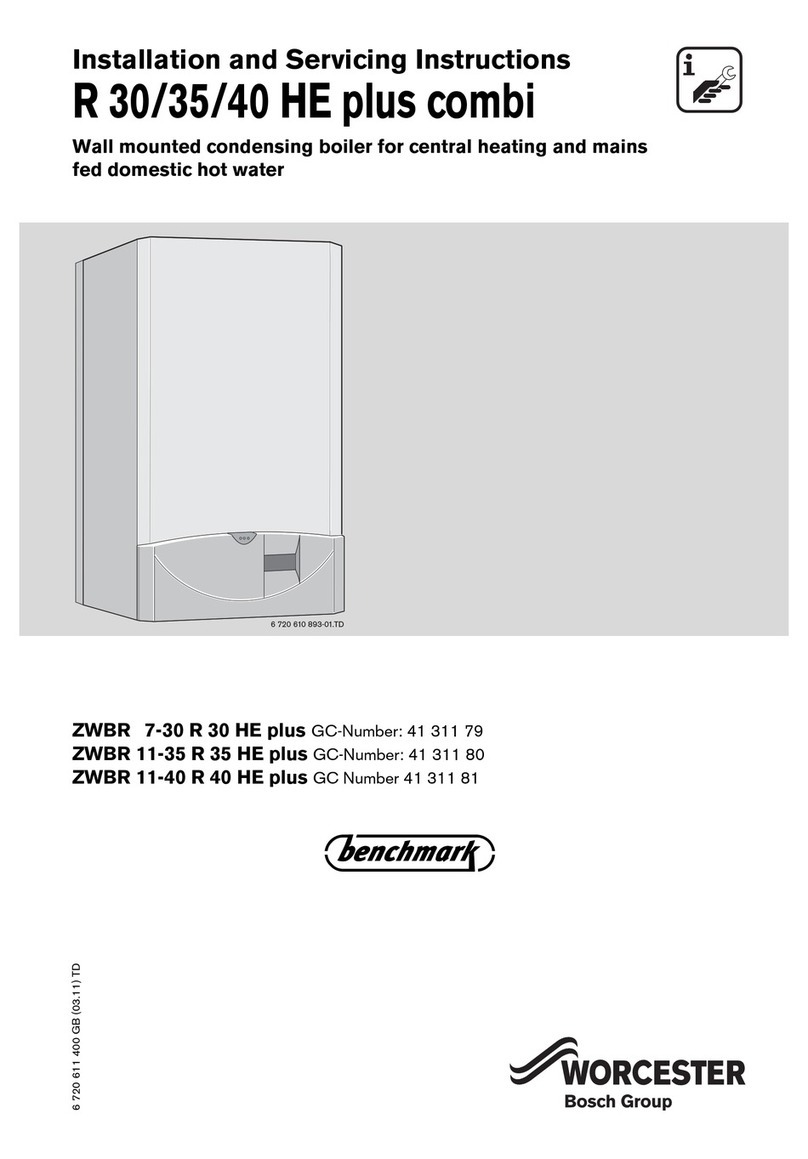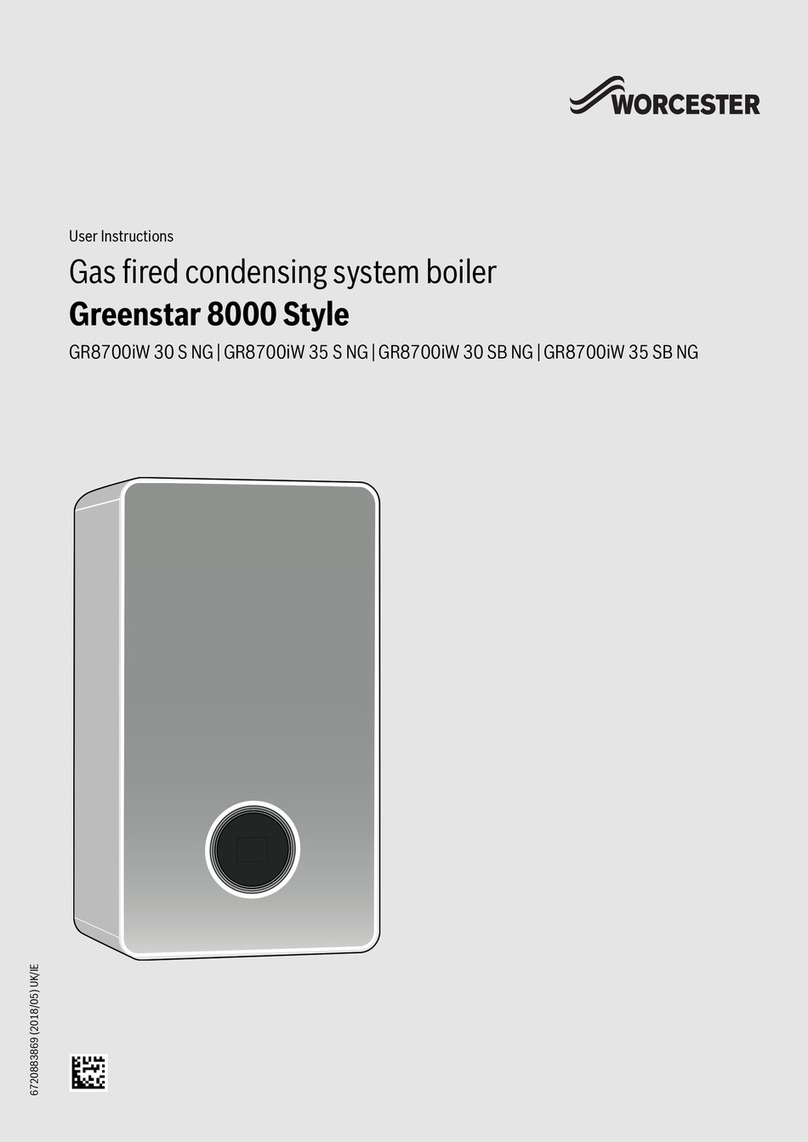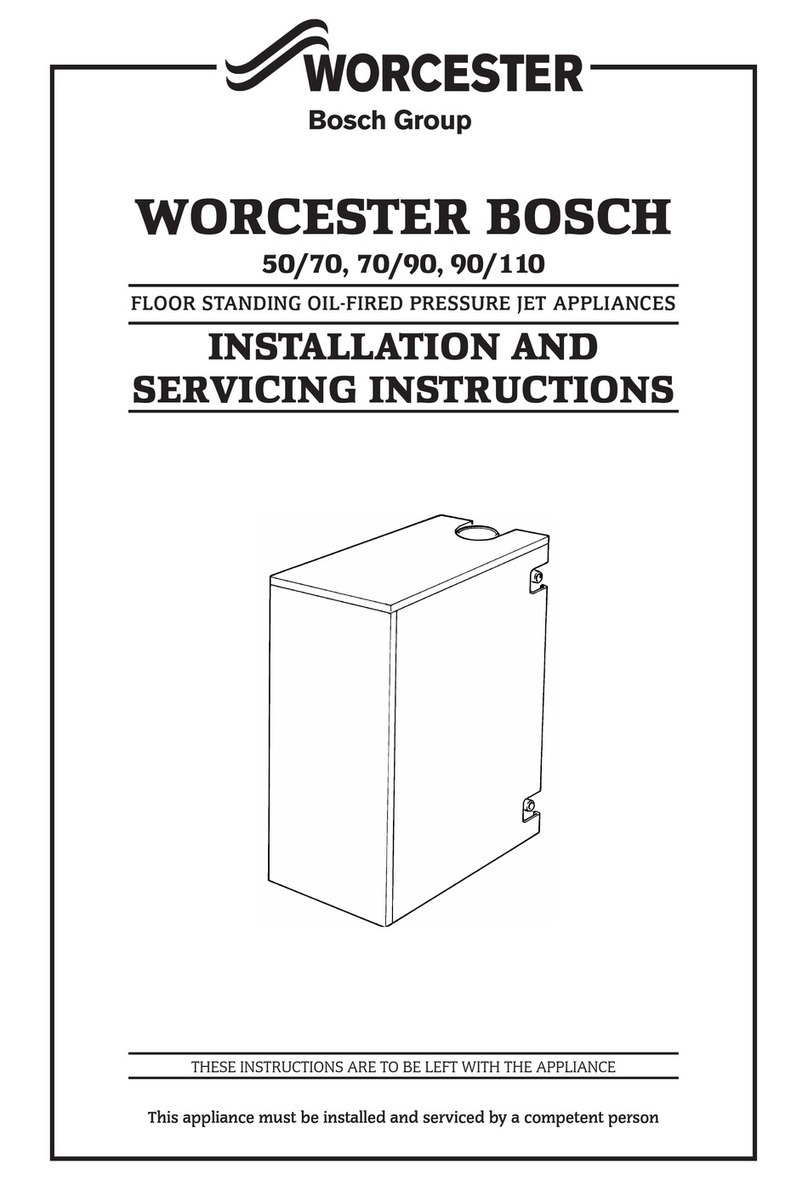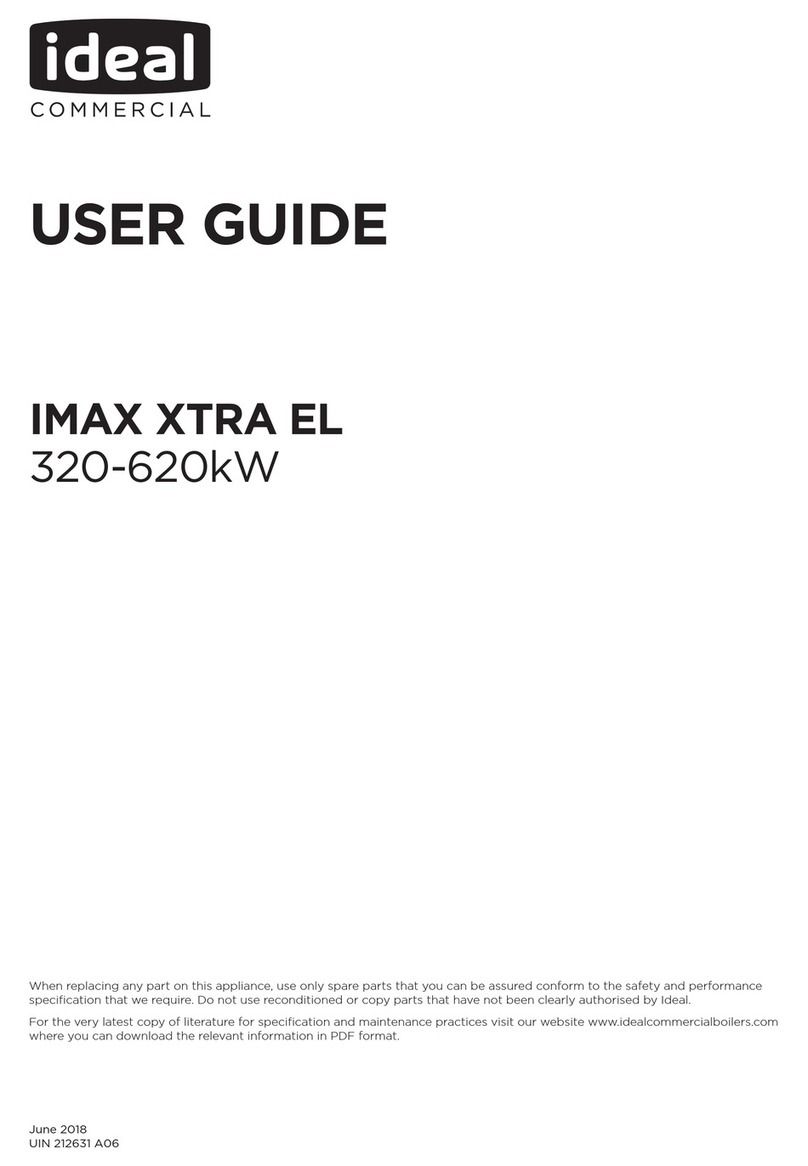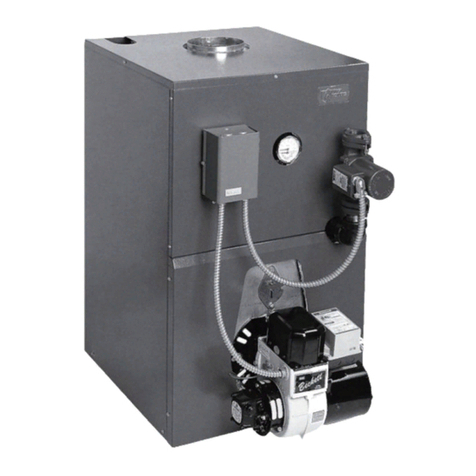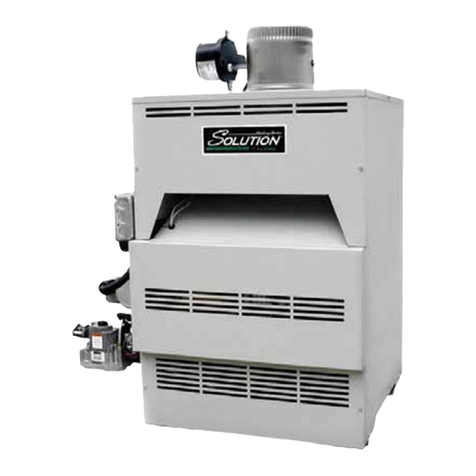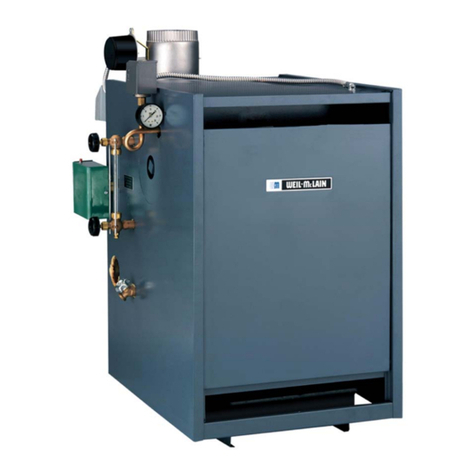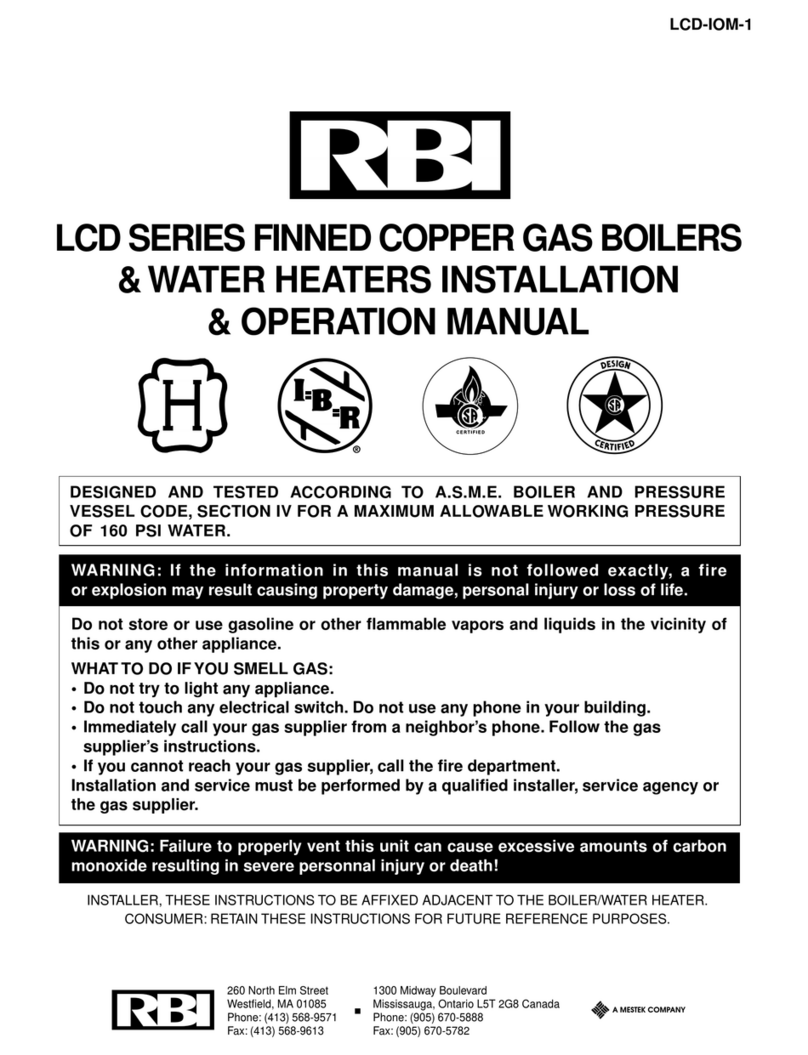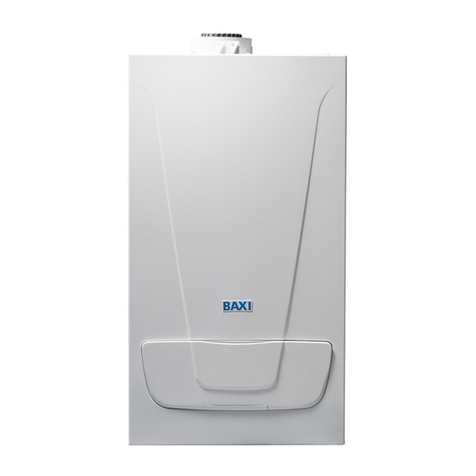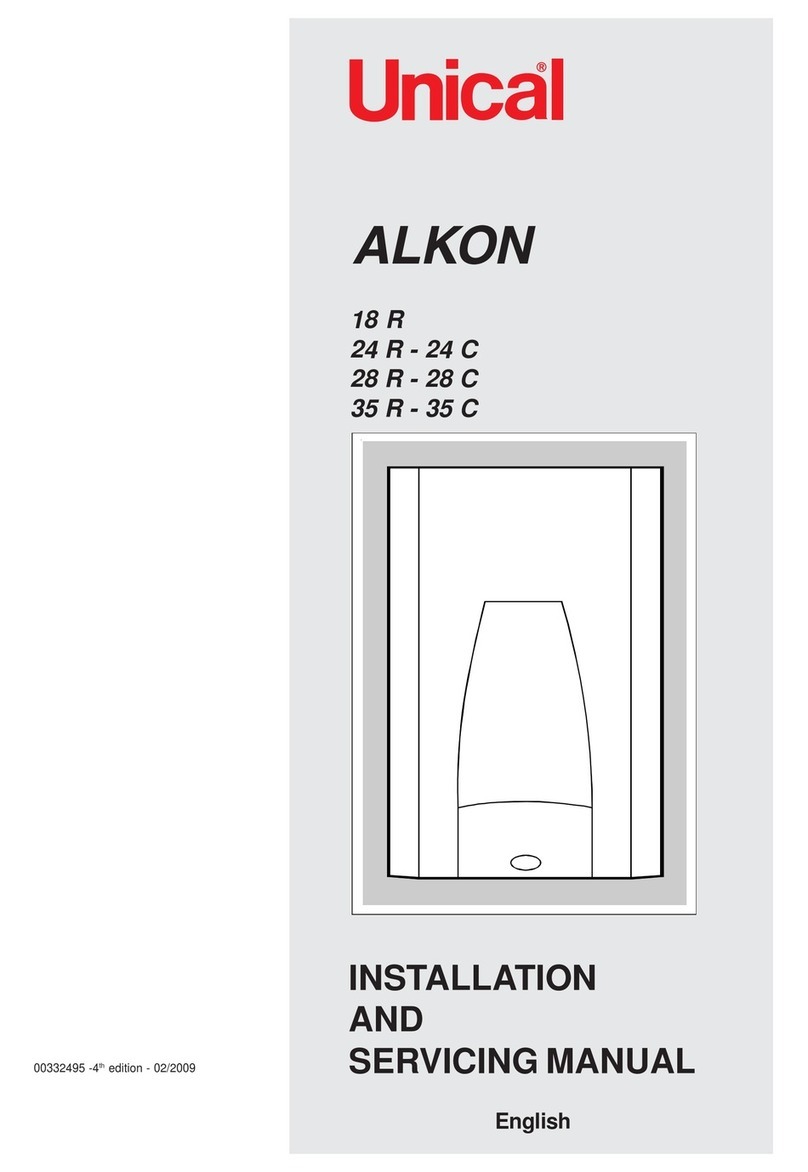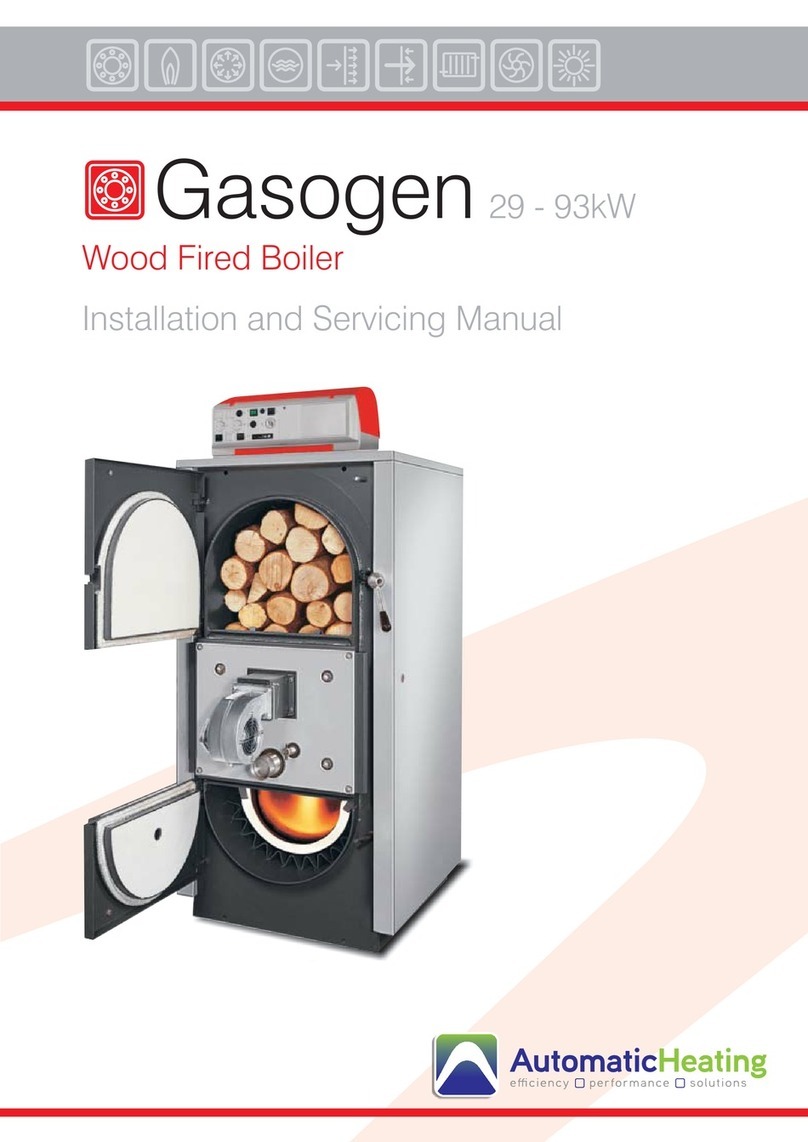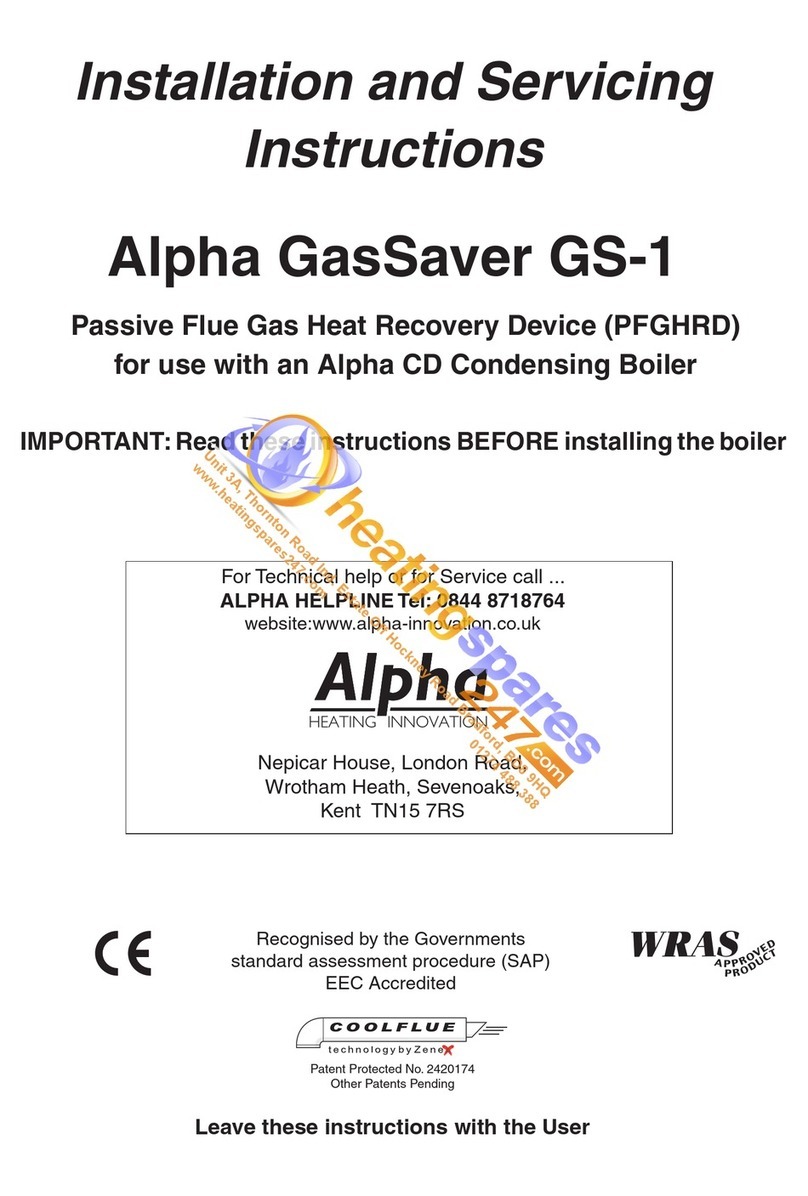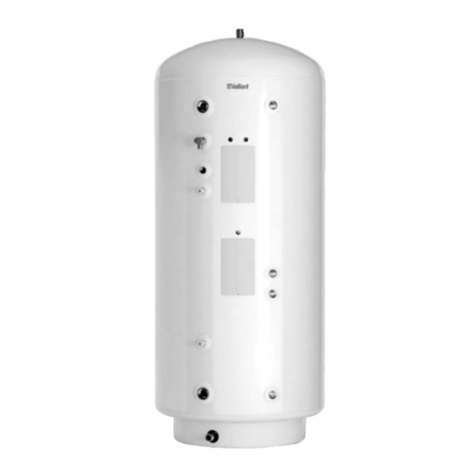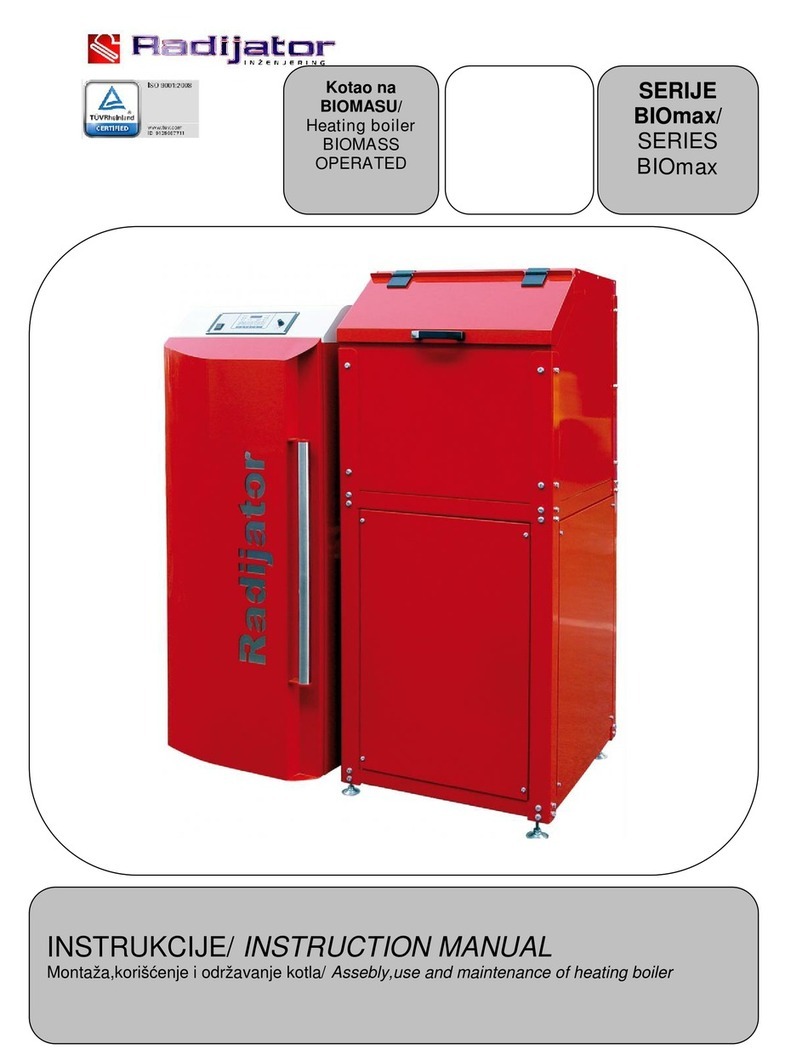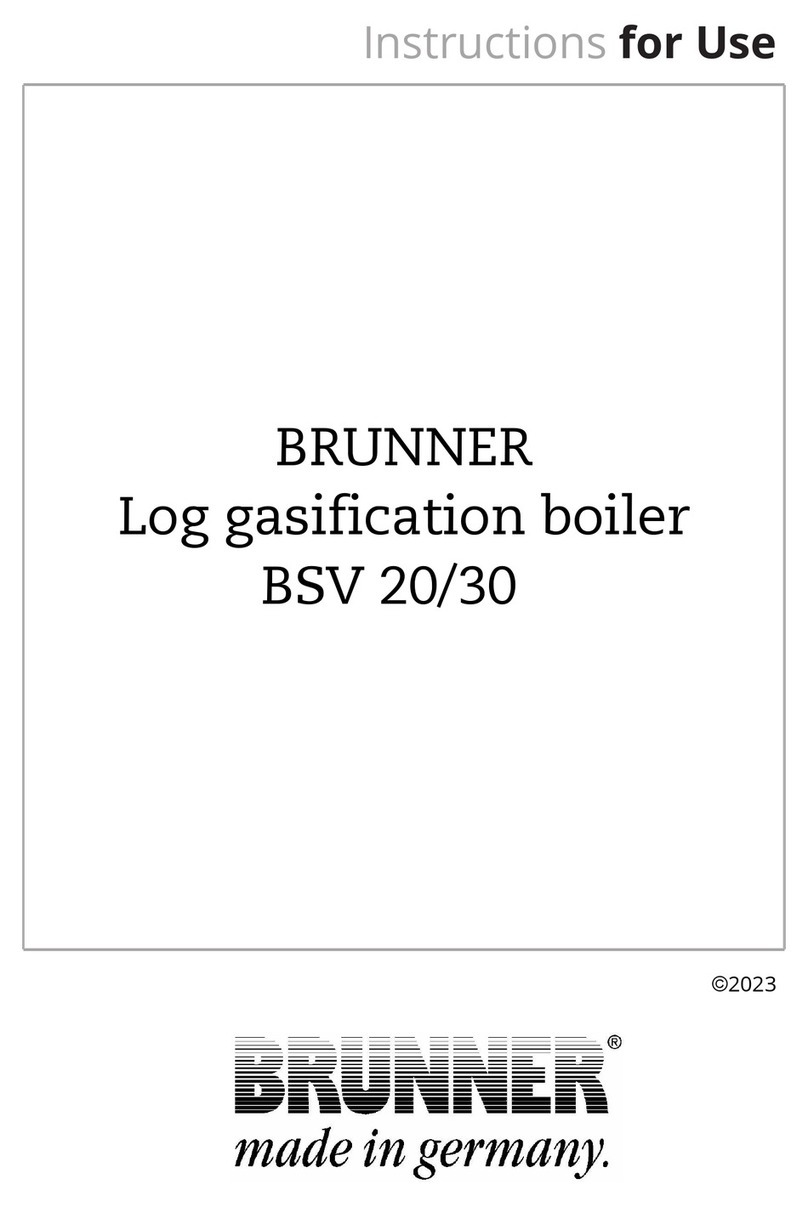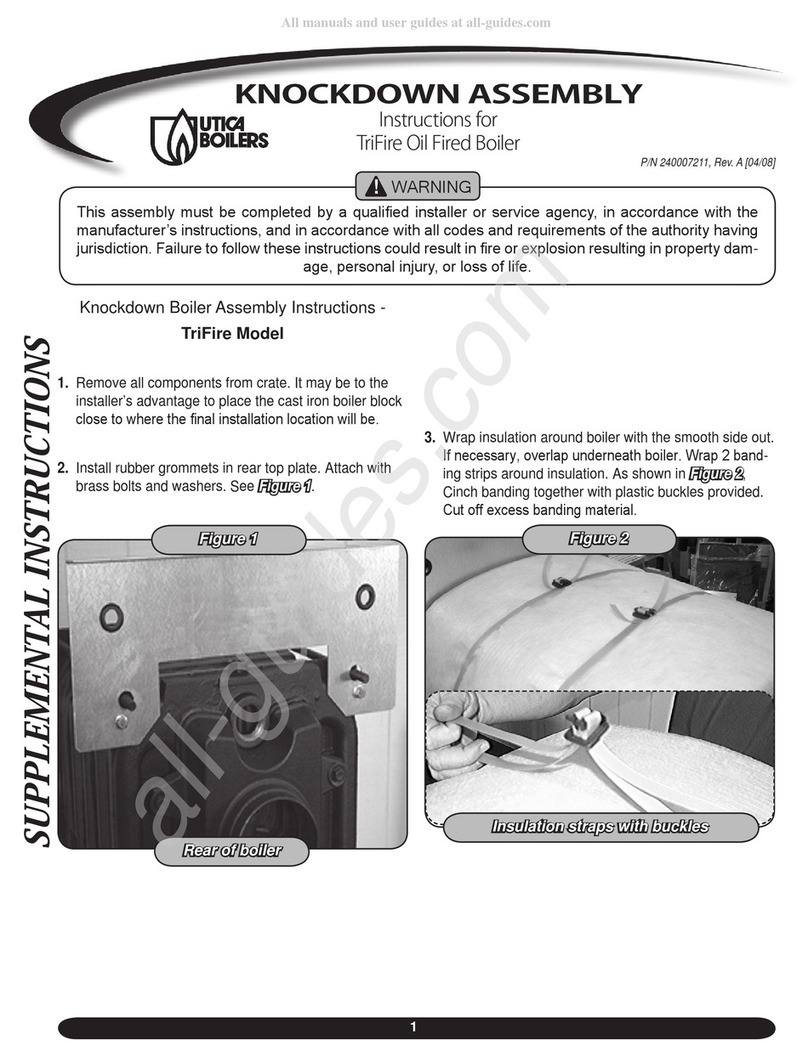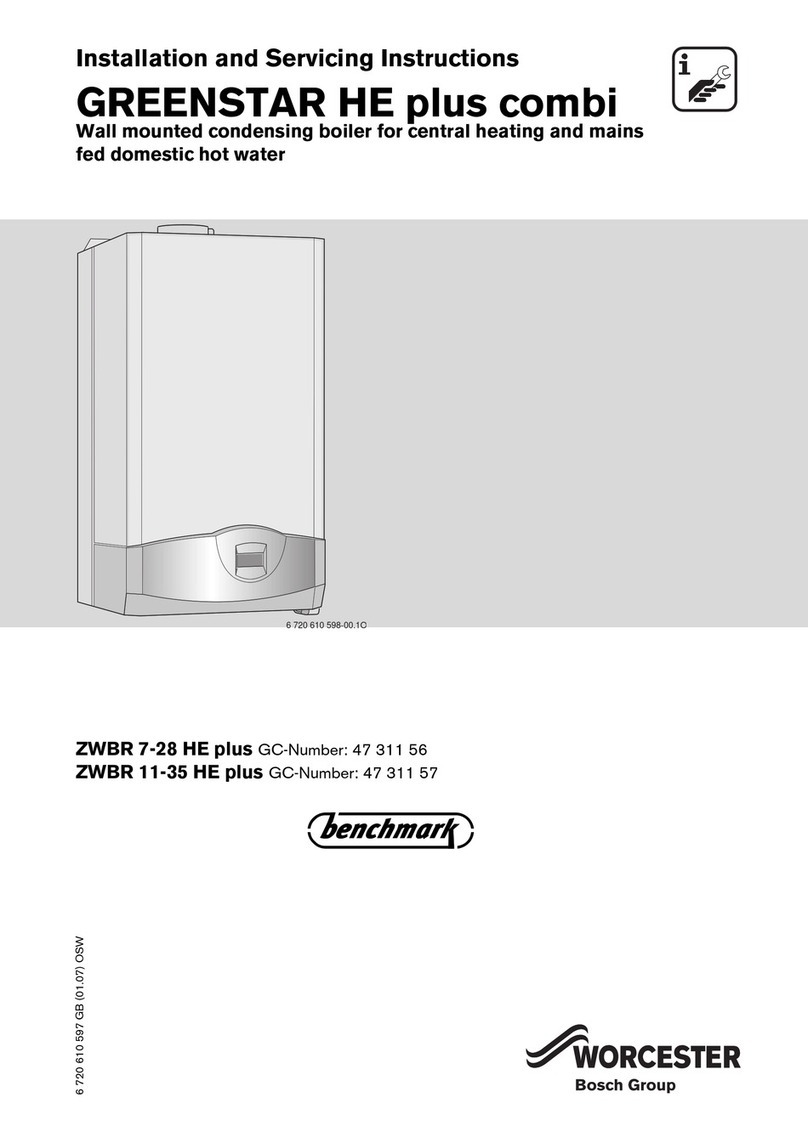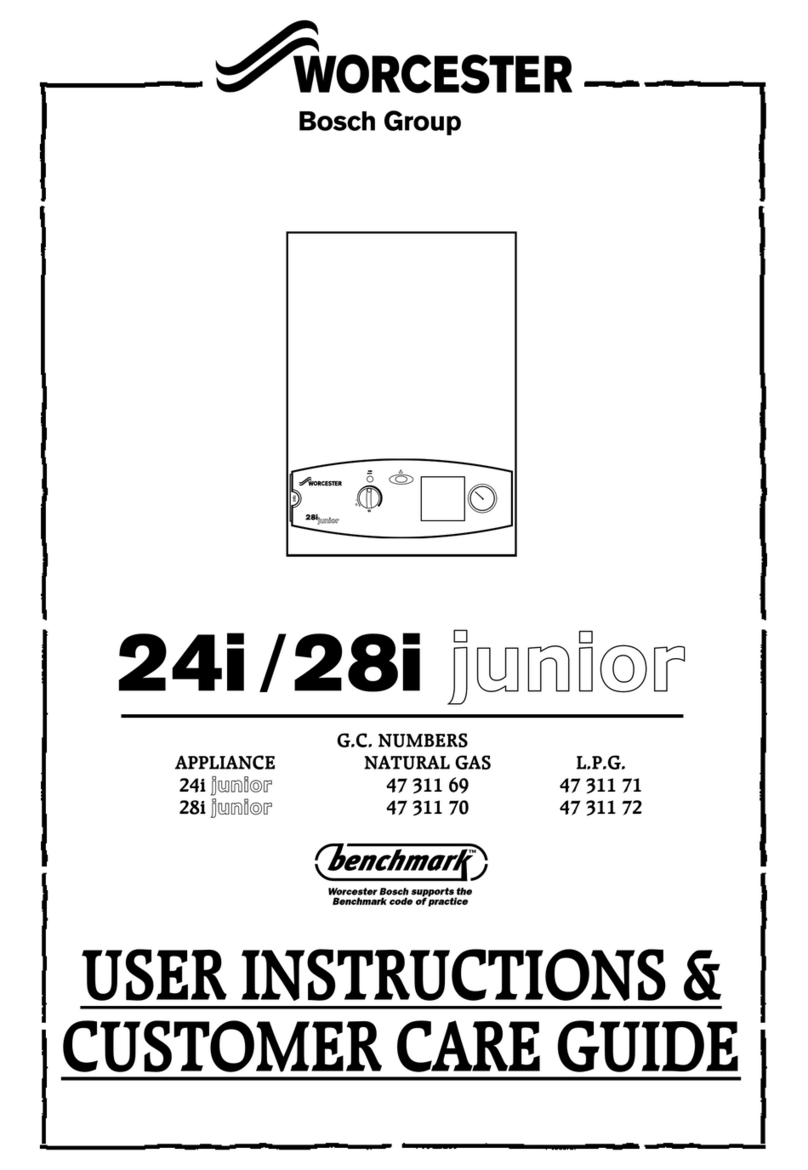1.1 Gas Safety (Installation and Use) Regulations 1994 as
Amended in 1996: All gas appliances must be installed by a
competent person in accordance with the above regulations.
Failure to install appliances correctly could lead to prosecution.
1.2 The manufacturers notes must not be taken, in any way, as
overriding statutory obligations.
1.3 The compliance with a British Standard does not, of itself,
confer immunity from legal obligations. In particular the
installation of this appliance must be in accordance with the
relevant requirements of the following: Gas Safety (Installation
and Use) Regulations 1994 (as Amended in 1996), current IEE
Wiring Regulations, local Building Regulations, Building
Standards (Scotland) (Consolidation), byelaws of the local Water
Company and Health and Safety Document No. 635 (Electricity
at Work Regulations 1989). The British Gas Material and
Installation Specification for central heating and hot water. It
should be in accordance with the relevant recommendations of
the following British Standards:
BS 6798:1987 Specification for Installation of gas fired hot water
boilers of rated input not exceeding 60 kW
BS 5449:1990 Central Heating for Domestic Premises
BS 5546:1990 Installation of gas hot water supplies for domestic
purposes.
BS 5440:1:1990 Flues and Ventilation for gas appliances of rated
input not exceeding 60kW: Flues.
BS 5440:2:1989 Flues and ventilation for gas appliances of rated
input not exceeding 60kW: Air Supply.
BS 6891:1988 Installation of low pressure gas pipework
installations up to 28mm (R1)
1.4 To ensure that the installation will perform to the highest
standards, the system and components should conform to any
other relevant British Standards in addition to those mentioned
in the instructions.
1.5 The appliance complies with the Essential Requirements of
the Gas Appliance Directive and other Directives currently
applicable.
1.6 This appliance contains no asbestos products. There is no
potential hazard due to the appliance being electrically unsafe.
There are no substances used that are a potential hazard in
relation to the COSHH Regulations 1988.
2.1 This appliance is not suitable for external installation.
2.2 The appliance controls are set to provide a maximum
output of 24 kW for the hot water and a central heating load of
up to 24 kW.
2.3 A permanent pilot is used to provide ignition.
2.4 PRINCIPLE APPLIANCE COMPONENTS
A low thermal capacity Gas to Water heat exchanger
A water to water heat exchanger to provide hot water.
A heatbank having a nominal capacity of 60 litres of circulating
primary hot water positioned in the lower half of the appliance.
A water diverter valve to direct the boiler output either to hot
water or central heating as required.
Multifunctional gas valve and electrical control system to
individually control the hot water and central heating.
An integral circulating pump.
Boiler and hot water temperature control thermostats providing
control for central heating and hot water.
A User’s Operating Switch for selection of water only or heating
and water.
A by-pass for central heating system.
An electronic control board which enables the pump to run on
for a period of a about five minutes to allow the boiler section to
cool after each operating cycle.
An expansion vessel, pressure gauge and pressure relief valve.
Temperature safety cut-out controls.
A water flow regulator and flow switch in the domestic supply.
A standard horizontal rear flue kit to accommodate a flue length
of 229mm to 407mm.
An optional flue kit to provide for flue lengths up to a maximum
of 610mm.
2.5 ELECTRICAL SUPPLY
Mains supply: 230V ~ 50Hz, 150 watts. External fuse 3A.
Internal fuse 3.15A (20mm) fast blow.
2.6 GAS SUPPLY
The boiler requires 2.84 m3/h (100.3 ft3/hr ) of gas with a
calorific value of 37.78 MJ/m3. (1014 Btu/ft3.) The gas meter and
supply pipes must be capable of supplying this quantity of gas
in addition to the demand from any other appliances being
served. The following table gives an indication of limiting gas
pipe lengths and the allowance to be made for fittings. Refer to
BS 6891 for further information.
The meter governor should deliver a dynamic pressure of 20
mbar (8in wg.) at the appliance.
The complete installation including the gas meter must be tested
for soundness and purged. See BS 6891.
2. General Information
1. Installation Requirements
2
10. Electrical ...................................................................... Page 11
11. Installing the Appliance ............................................ Page 13
12. Commissioning the Appliance ................................ Page 18
13. Instructions to the User ............................................ Page 20
14. Inspection and Service .............................................. Page 20
15. Replacement of Parts ................................................ Page 21
16. Operational Flow Diagrams ...................................... Page 36
17. Fault Finding .............................................................. Page 38
18. Component Parts List ................................................ Page 44
1. Installation Requirements ........................................ Page 2
2. General Information .................................................. Page 2
3. Technical Data ............................................................ Page 5
4. Siting the Appliance .................................................. Page 6
5. Flue Terminal Position ................................................ Page 8
6. Air Supply .................................................................... Page 8
7. Sealed System ............................................................ Page 9
8. Open Vent System ...................................................... Page 10
9. Hot Water Supply ........................................................ Page 10
Contents
Total Length of Gas Supply Pipe (metres)
369
8.7 5.8 4.6 22
18.0 12.0 9.4 28
Gas
Discharge
Rate (m3
/hr)
Pipe
Diameter
(mm)

